In our increasingly illuminated world, truly dark night skies have become a rare natural resource. While famous dark sky destinations like Death Valley and the Grand Canyon attract thousands of stargazers annually, many exceptional star-viewing locations remain relatively undiscovered. These lesser-known sanctuaries of darkness offer equally spectacular celestial views without the crowds, allowing for more intimate encounters with the cosmos. Many have received official dark sky designations, but haven’t yet made it onto most travelers’ radar.
Here is a list of 20 lesser-known dark sky parks across America and beyond where you can experience the universe in all its glory.
Craters of the Moon
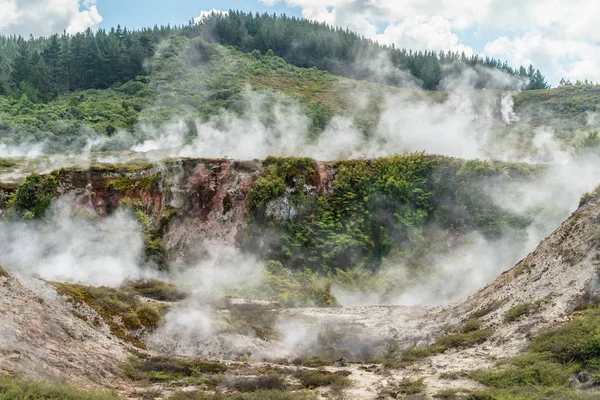
This national monument in Idaho features some of the darkest skies in the lower 48 states above a landscape that resembles the surface of the moon. The park’s remote location, 90 miles from the nearest major town, ensures minimal light pollution throughout its 750,000 acres.
Rangers lead occasional night sky programs during summer months, though visitors can enjoy spectacular views year-round from accessible roadside pullouts.
Kouchibouguac National Park
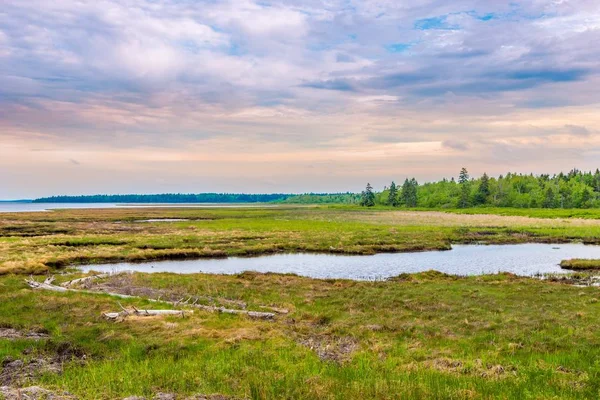
This coastal gem in New Brunswick, Canada, provides exceptional stargazing opportunities along its pristine Atlantic shoreline. The park’s Kelly’s Beach offers unobstructed views across the ocean horizon, creating a stunning backdrop for the Milky Way.
Park staff maintain several dedicated night sky viewing platforms complete with red-light illuminated information panels explaining the constellations visible during different seasons.
Like Travel Pug’s content? Follow us on MSN.
Enchanted Rock
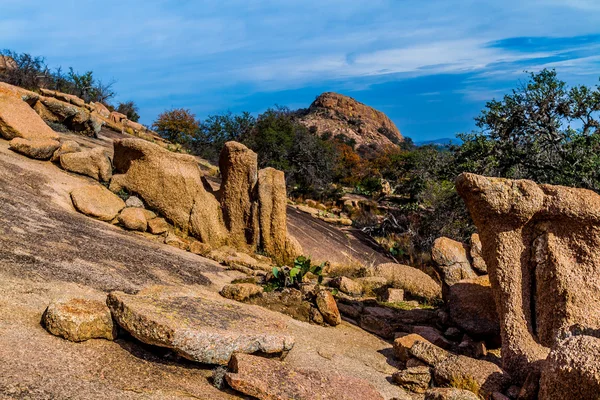
This pink granite dome rising 425 feet from the Texas Hill Country floor offers stargazers an elevated platform above the surrounding landscape. The state natural area received International Dark Sky status in 2014, yet remains less trafficked than many Texas parks.
Monthly star parties hosted by local astronomy clubs provide telescopes and expert guidance for visitors looking to explore deep space objects visible from this remarkable location.
Torrance Barrens
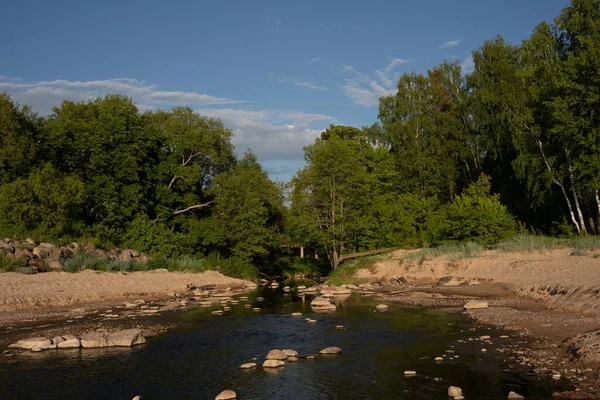
Just two hours north of Toronto, this conservation reserve became the world’s first permanently designated dark sky preserve in 1999. The unique Alvar landscape—open areas of flat limestone with little soil cover—provides naturally clear viewing areas without tall vegetation.
The site’s five designated viewing areas include informational panels identifying key celestial features visible throughout the year.
Cherry Springs
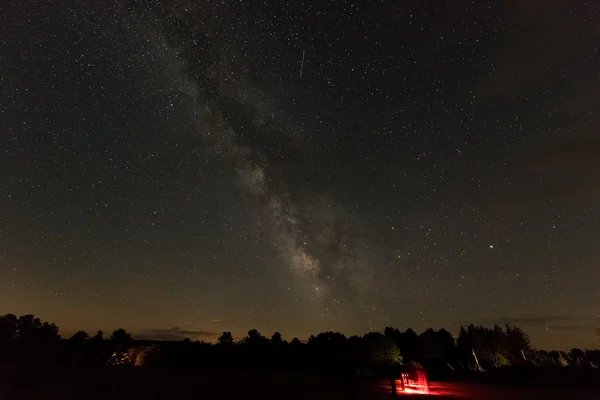
Located in the remote Pennsylvania Wilds region, this state park sits atop a 2,300-foot mountain surrounded by the 262,000-acre Susquehannock State Forest. The park’s dedicated astronomy field features concrete pads for telescope mounting and red-light accessible facilities.
The annual Cherry Springs Star Party attracts hundreds of amateur astronomers, but midweek visits often allow for a solitary experience beneath the heavens.
Like Travel Pug’s content? Follow us on MSN.
Warrumbungle National Park
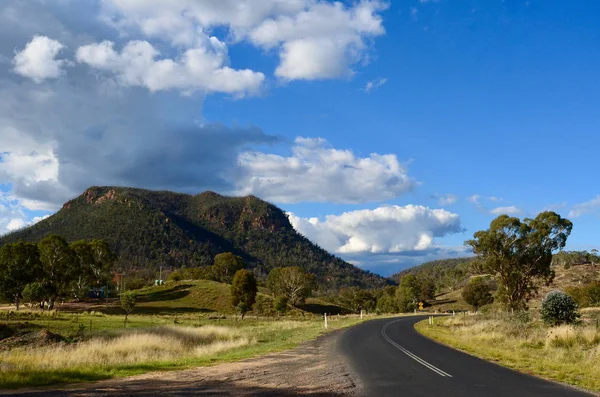
Australia’s first dark sky park centers around an ancient volcanic landscape in New South Wales. The park’s proximity to Siding Spring Observatory, Australia’s premier astronomical research facility, has ensured decades of light pollution controls in surrounding communities.
Dedicated viewing areas throughout the park provide unobstructed cosmic panoramas, with the Southern Hemisphere’s unique celestial features adding to the exotic appeal for northern visitors.
Hortobágy National Park
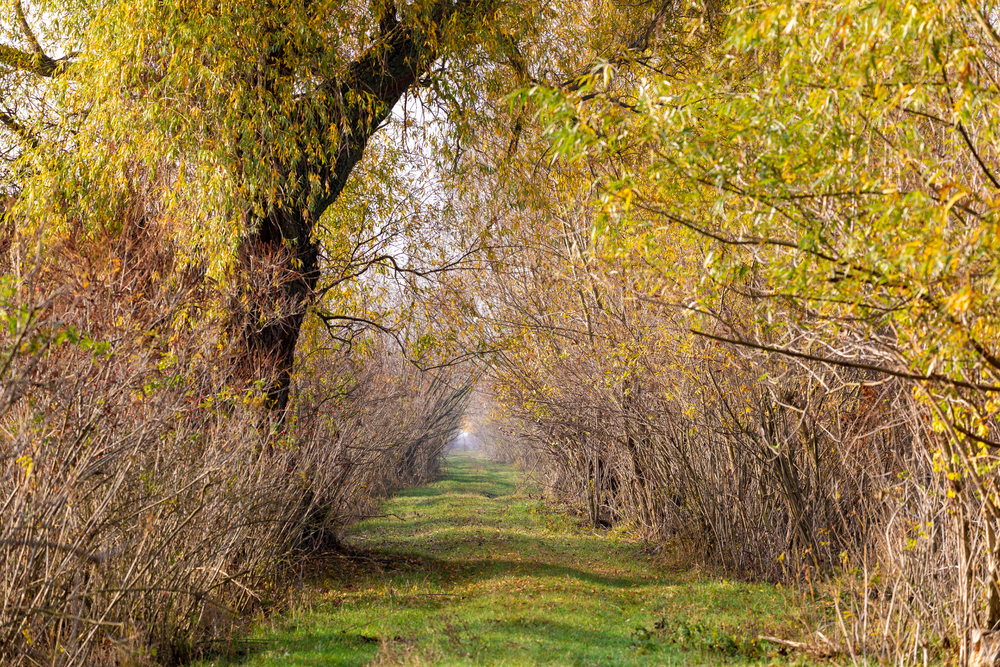
Hungary’s first dark sky park covers Europe’s largest continuous native grassland, creating naturally unobstructed views of the night sky. The steppe landscape resembles the American plains, offering horizon-to-horizon vistas rare in Europe.
Park rangers lead specialized night tours explaining both the celestial features and the unique nocturnal wildlife active beneath these protected dark skies.
Gabriela Mistral
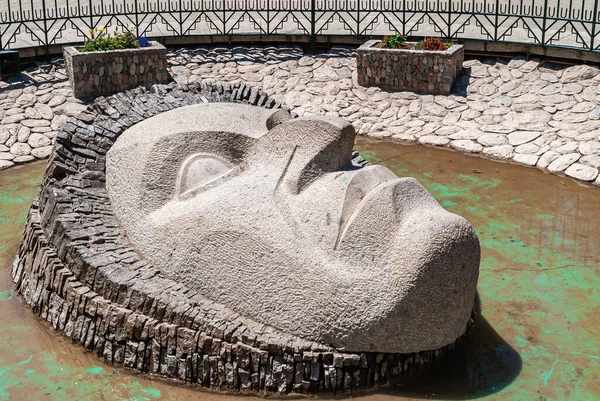
This remote dark sky sanctuary in Chile’s Elqui Valley sits near several professional observatories that selected the location for its atmospheric stability and exceptional clarity. The sanctuary’s high elevation and arid climate combine to create some of Earth’s most transparent viewing conditions.
Local astronomers have established several public viewing areas with interpretive materials in both Spanish and English.
Like Travel Pug’s content? Follow us on MSN.
Natural Bridges

Utah’s first International Dark Sky Park features some of the darkest skies measured in the National Park System, with darkness ratings that routinely top measurement scales. The park’s remote location on Cedar Mesa ensures minimal artificial light interference across a wide viewing radius.
The iconic stone bridges provide foreground interest for night photographers capturing the Milky Way arching dramatically overhead.
Galloway Forest Park
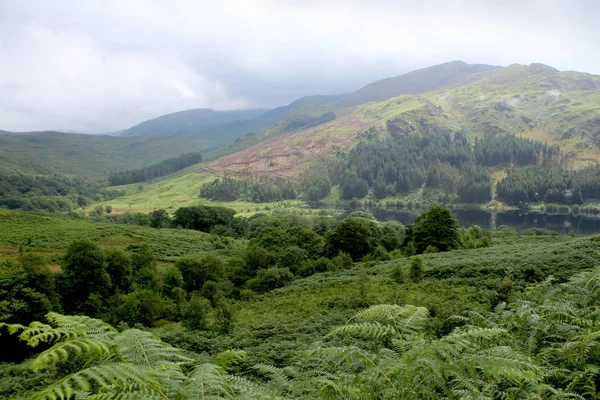
Scotland’s first dark sky park encompasses nearly 300 square miles of forested landscape with minimal development. The park’s location in southwest Scotland places it far from major population centers, creating darkness levels rare in the United Kingdom.
Several purpose-built observation platforms include interpretive materials explaining the night skies of the northern hemisphere, with occasional ranger-led programs during winter months when darkness arrives early.
Iriomote-Ishigaki National Park

Japan’s southernmost national park received dark sky certification in 2018, becoming the first in Asia to gain this designation. The park encompasses several islands in the Yaeyama archipelago, with Ishigaki’s Banna Park offering dedicated stargazing platforms.
Local guides provide cultural perspectives on the night sky, blending traditional Ryukyuan celestial knowledge with modern astronomical information.
Like Travel Pug’s content? Follow us on MSN.
Waterton-Glacier International Peace Park
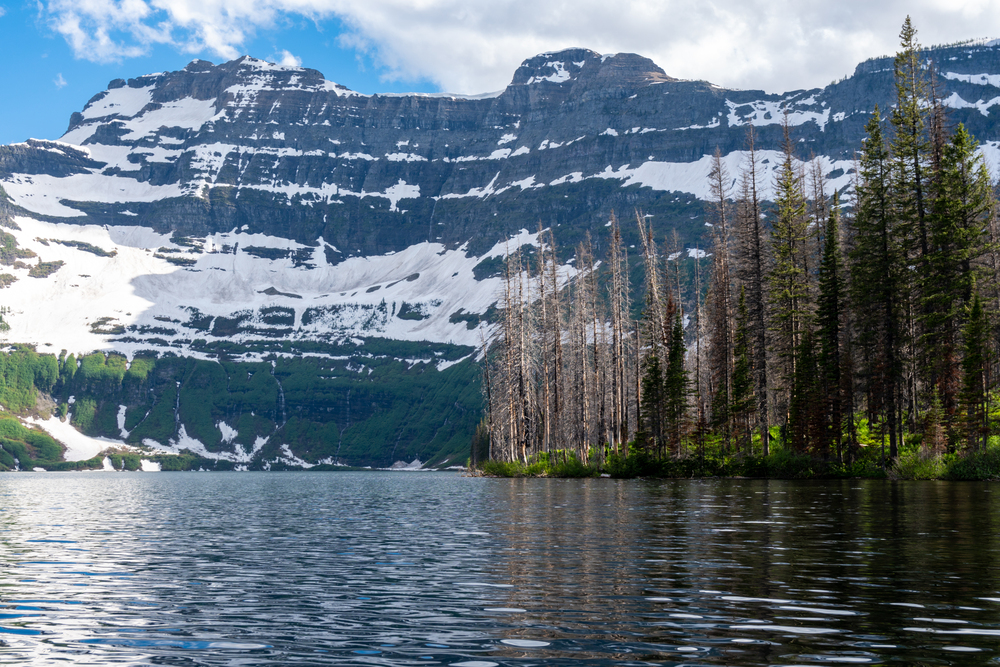
This transboundary park spanning the Canadian-US border features exceptional dark skies above its rugged mountain landscapes. The remote location away from major population centers ensures minimal light dome interference even on the horizon.
Park rangers in both countries offer coordinated night sky programs, explaining how the shared dark sky resource connects the two nations through conservation efforts.
Aoraki Mackenzie
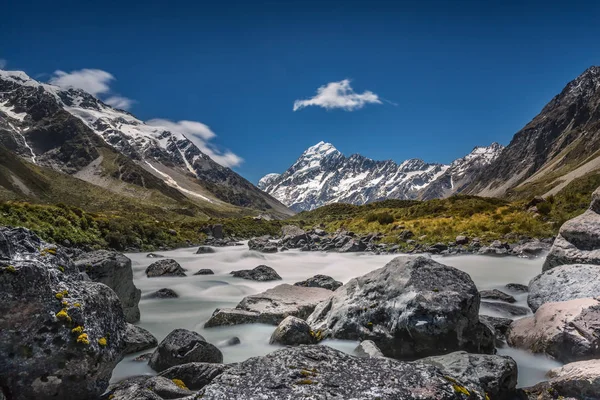
This New Zealand dark sky reserve covers 4,300 square miles of South Island terrain centered around Mount Cook National Park. Strict lighting ordinances across the entire Mackenzie Basin have protected night skies for the nearby Mount John Observatory for decades. Commercial stargazing tours offer heated viewing facilities during winter months when the Southern Hemisphere’s clearest skies coincide with comfortably cool temperatures.
Pic du Midi
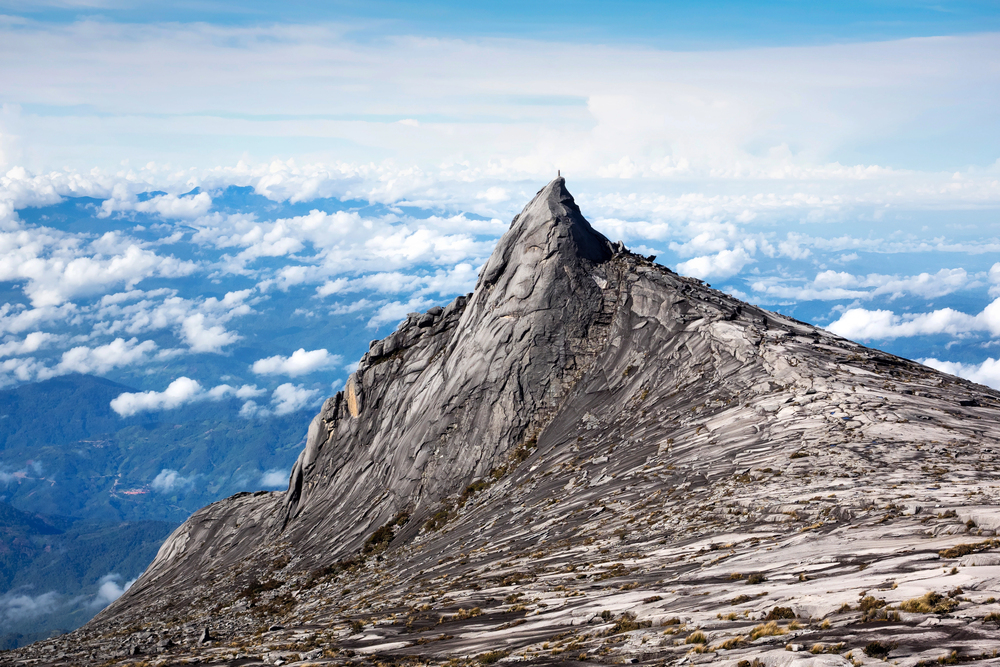
This French dark sky reserve surrounds a historic observatory perched dramatically on a 9,439-foot Pyrenees mountain peak. The reserve’s high elevation places viewers above much atmospheric interference, providing exceptional clarity.
The observatory itself offers overnight stays, allowing visitors to experience the same night skies that have attracted professional astronomers since 1884.
Like Travel Pug’s content? Follow us on MSN.
Bodmin Moor
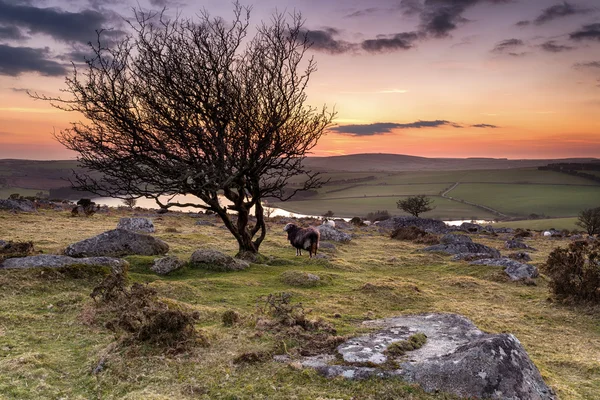
Cornwall’s dark sky landscape features ancient stone circles under some of the darkest skies in England. The moorland’s limited development and distance from major cities create a sky quality rare in southern England. Jamaica Inn, made famous by Daphne du Maurier’s novel, serves as the visitor hub for stargazing activities, blending literary heritage with celestial observation.
Ramon Crater
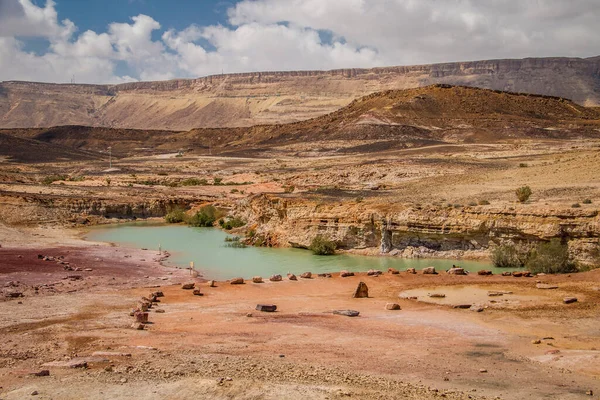
This Israeli dark sky reserve centers around a massive erosion cirque in the Negev Desert, creating a natural amphitheater for observing the heavens. The site benefits from exceptionally low atmospheric humidity, providing sharper views of celestial objects.
The visitor center features interactive exhibits explaining both geological and astronomical aspects of this unique location.
Elan Valley
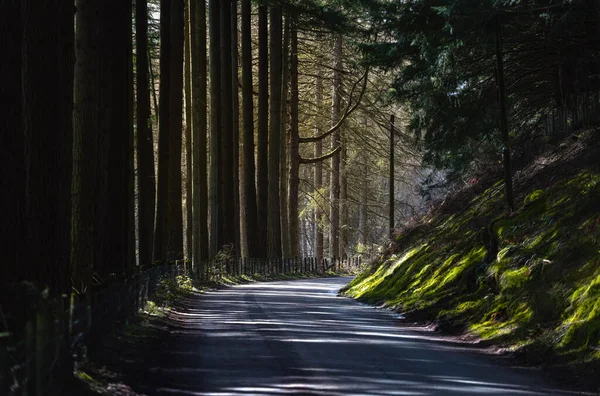
This Welsh dark sky park protects 45,000 acres of moorland, woodland, and reservoirs from light pollution. The park’s status as a private water supply watershed has historically limited development, preserving darkness as an unintended benefit.
The estate’s Victorian-era dams and bridges provide striking silhouettes for night photographers capturing the dark skies, which earned the area its international certification.
Like Travel Pug’s content? Follow us on MSN.
Goldendale Observatory
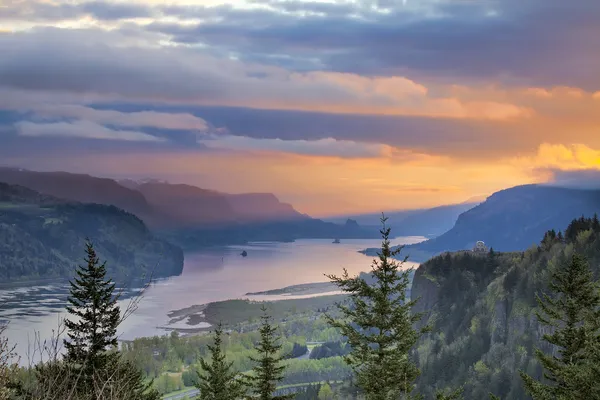
This Washington state park houses a public observatory with one of the nation’s largest public telescopes, offering guided viewing through its 24.5-inch reflector—the surrounding dark sky park benefits from the rural agricultural landscape of the Columbia River plateau.
Educational programs run year-round, with special events coinciding with meteor showers, eclipses, and other astronomical phenomena.
Mont-Mégantic
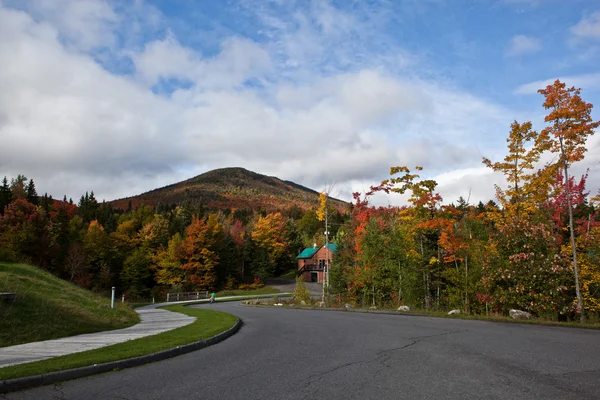
This Quebec international dark sky reserve surrounds a professional observatory on a 3,451-foot mountain summit. The reserve pioneered innovative lighting ordinances across 34 surrounding communities, reducing light pollution by over 25% since its founding.
Winter viewing offers exceptionally clear skies, with heating shelters available during the coldest months when temperatures regularly drop below zero.
Flagstaff Area
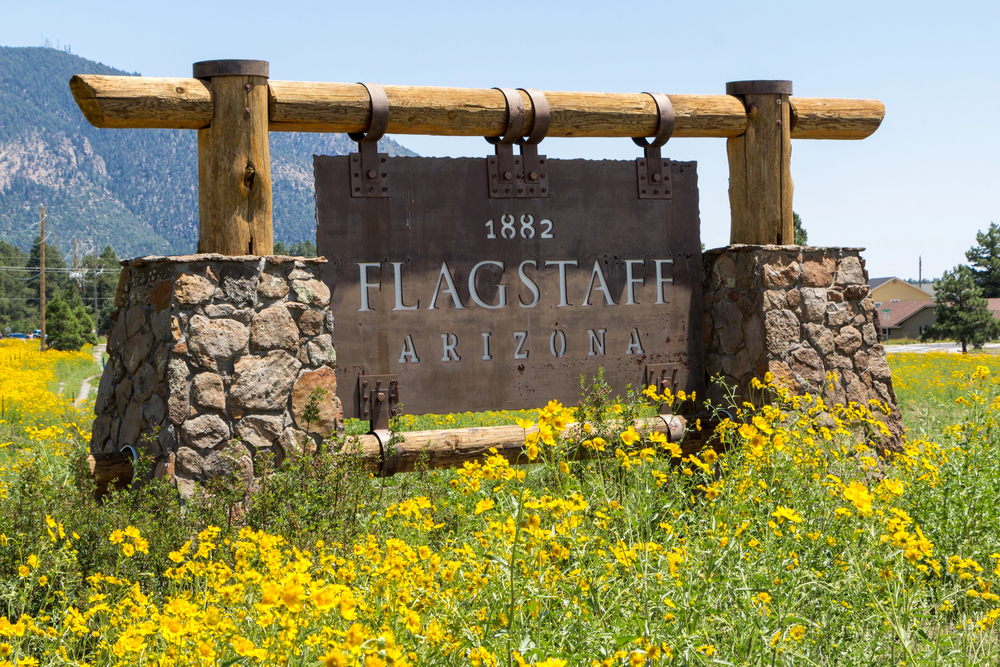
America’s first International Dark Sky City forms the hub of this unique dark sky coalition, which includes several national monuments and Lowell Observatory. The city’s comprehensive lighting ordinance dates back to 1958, when it was first enacted to protect astronomical research.
Urban stargazing opportunities throughout the city demonstrate how thoughtful lighting can preserve night sky access even within municipal boundaries.
Like Travel Pug’s content? Follow us on MSN.
Cosmic Heritage

These lesser-known dark sky destinations represent more than just good places to see stars—they’re sanctuaries preserving one of humanity’s most ancient connections. The growing dark sky movement reminds us that the night sky transcends borders, cultures, and time itself, connecting us to both our ancestors and future generations.
By seeking out these protected dark places, we participate in conservation efforts, ensuring that the inspirational power of a truly night sky remains accessible for those who follow us.
More from Travel Pug

- Cities Growing so Fast You Won’t Recognize Them in 10 Years
- 13 Destinations Where Tourists Regularly Regret Their Trip
- 16 U.S. Cities That Are Quietly Becoming Travel Hotspots
- Where to Travel If You Love Long Bus Rides and Daydreams
- 20 Cities Perfect for Solo Travelers Who Crave Adventure & Culture
Like Travel Pug’s content? Follow us on MSN.
